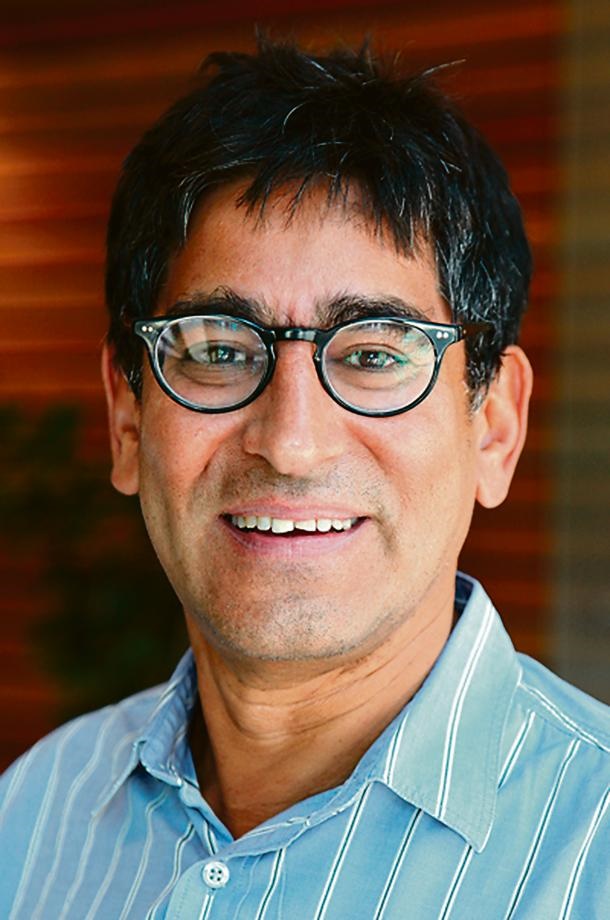
Giving HIV-positive people access to antiretrovirals (ARVs) as soon as they become infected is an important step in controlling the virus.
The challenge lies in making sure that people who know they are infected commit to taking the drugs.
The World Health Organisation’s new recommendation is that a person who is positive should start treatment immediately. But in South Africa, at the moment, only patients with a CD4 count of 500 receive ARVs.
This policy is due to change in September, when all those diagnosed with HIV will be eligible for treatment.
We undertook a clinical trial in KwaZulu-Natal to find out if the rate of new infections in a geographical area where everyone was tested and treated with ARVs would be lower than in areas where only people with CD4 counts of 500 were treated.
Our study found that there was no difference in the rate of new infections between people who had access to ARVs from the get-go, and those who only had access at a certain stage of immunological decline.
Instead, we found that only 50% of the people who were tested and found to be positive visited a clinic within a year of being diagnosed. This tells us that even when people have access to treatment, the challenge lies in making sure they collect the medicine as soon as they are aware of their status.
While the biological approach is important, it is insufficient on its own. Our study highlighted many social and infrastructural barriers to getting people on to treatment.
The trial took place in Mtubatuba in northern KwaZulu-Natal. The area around the Africa Centre for Health and Population Studies has a prevalence of HIV of about 30%.
We identified 22 geographical clusters of 1 000 people per cluster. Everyone in that population cluster was recruited and tested for HIV in their homes. The clusters then fell into one of two groups.
Depending on the cluster, people were either offered treatment based on their immune status, or they received treatment for HIV regardless of immune status. The care and mobile clinics were located near people’s homes.
But there were two significant factors at play. First, even after people were tested in their homes, found to be infected and provided with local clinics to access treatment, we found it difficult to get them to attend the clinics.
Only 50% of those who tested positive got to clinics within a year of being diagnosed, so they didn’t benefit from early treatment and reduction of infection.
Secondly, a large number – up to about 50% – said that their most recent sexual partner was outside the study area.
Participants who were tested, and who got into care and were treated, showed significant reduction in their viral loads. This means that they could be considered non-infectious.
The challenge we encountered was that the number of people who got into care was lower than we wanted. This may be the explanation for the fact that the rate of new HIV infections was not affected in ways we had expected.
A number of factors contributed to this. One of our findings is that it was more difficult to test men for HIV and then it was more difficult for those men to get into care.
There remains a stigma around HIV in this population, and not wanting to be seen in a clinic may have been a contributing factor.
With the national guidelines in South Africa changing, the trial highlights how to best treat everyone to maximise the effect. It shows that unless this policy is associated with increased effort to provide care and treatment, and encourage people to come for treatment, the benefit of treating everyone won’t materialise.
We need to look at whether treatment can be given in people’s homes – or if there are other things that will encourage people to come to clinics, such as technology that reminds them to do so. Even incentives to come to clinics may be an option.
The clinics also need to be more friendly and efficient. They must be run in a way that ensures that waiting periods are minimal.
And the stigma issue needs to be addressed to ensure that people aren’t uncomfortable and worried about coming to the clinic.
The research has provided valuable insights into what needs to be done to reduce the HIV-infection rate in South Africa, which remains the highest in the world, with 6 million people infected.
Pillay is director of the Africa Centre for Population Health and professor of virology at the University of KwaZulu-Natal.
This article first appeared in The Conversation.




 Publications
Publications
 Partners
Partners








